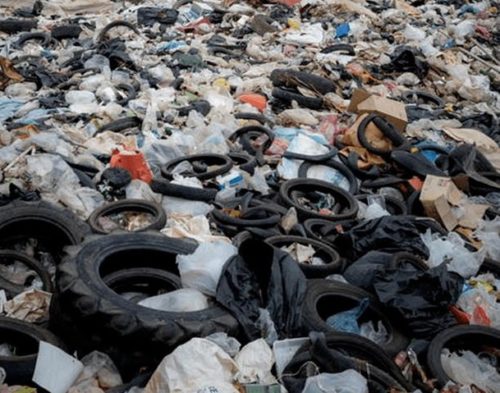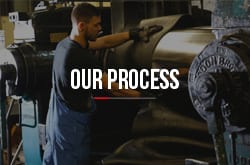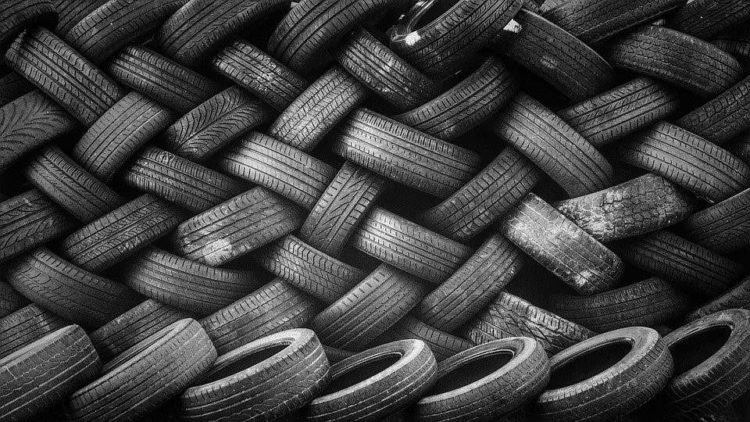A Brief Guide On The Rubber Recycling Process
In the past few years, there has been a dramatic increase in the recycling of plastics and paper, with more and more people becoming aware of the positive economic effects recycling can bring. But other products can be recycled that people are not as aware of, such as rubber. Recycled rubber products can be used in many ways, but how is rubber recycled? And what are the advantages and disadvantages of recycling rubber? In this guide, we cover all of these questions and explain the rubber recycling process in more detail.
How is rubber recycled?
With more than 25 varying types of rubber, the best place to start when it comes to recycling rubber products is to contact your local recycling site. Through them, you can find out if you are able to recycle your specific rubber products there. Alternatively, you can always look online to find out where your nearest rubber recycling programme is and find out more about how that particular programme works. If both of these are not available, then repurposing your rubber is a great way to contribute to the rubber recycling process. Or, you could try and contact your local council to see if any businesses could make use of the rubber and point you in their direction.
Tyre rubber recycling process
Unsurprisingly, tyres are the most common source of rubber that ends up as waste. To recycle the rubber, it first needs to be cleaned and then made into a smaller, more manageable size. The rubber is then placed into a granulator and transformed into crumb rubber – small fragmented pieces of rubber – to be used elsewhere.

Benefits of recycling rubber
There are numerous benefits of recycling rubber with the majority of those linking back to the environment. Here are a few key benefits outlined below:
1. Reduces illegal dumping
Recycling rubber products can have a positive effect on the environment by reducing and discouraging illegal dumping of recycled rubber, as well as other products. If a mixture of products and wastes are illegally dumped, it could be harmful to the environment if the area is located near any lakes or rivers.
2. Helps preserve the environment
In addition, by reducing the demand and the production of new natural rubber through recycling, it can help preserve the natural resources usually used to create it.
Alternative uses for recycled rubber
There are many different uses for recycled rubber, here are just a few ways recycled rubber can be used:
• Astroturf
• Playground surfaces
• Non-slip mats
• Road surfaces and infrastructure
• Vehicle mats and interiors
• Hospital floors
• Gardening products and equipment
Disadvantages of recycled rubber
Although there are benefits to recycling rubber, recycling sites and the quality of the recycled rubber products also need to be considered and discussed.
1. Recycling sites
Depending on where your rubber is recycled, the process could actually be causing more harm to the environment than good. Some recycling sites with the sheer amount of waste they are collecting, are hosts for bacteria, disease and other gases that could be harmful to water, air and soil. Therefore, this means that recycling your rubber at some recycling sites could be worse for our environmental surroundings, than good.
2. Compromised quality
Overall, the rubber recycling process is still being developed, and therefore recycled rubber products are generally seen as being of lower quality and having less durability compared to when in their original form. As the demand for recycled rubber products is generally low on a global level, sadly there isn’t any rush for advancements to be made in the process that would change the quality and durability levels of rubber products.
Overall, all discussion points regarding the rubber recycling process need to be considered when making a decision regarding the rubber in your own home or business. Should you wish to learn more about recycling rubber products or more about rubber products in various industries, from construction to the marine industry, then please keep reading our blog for more informative guides.










